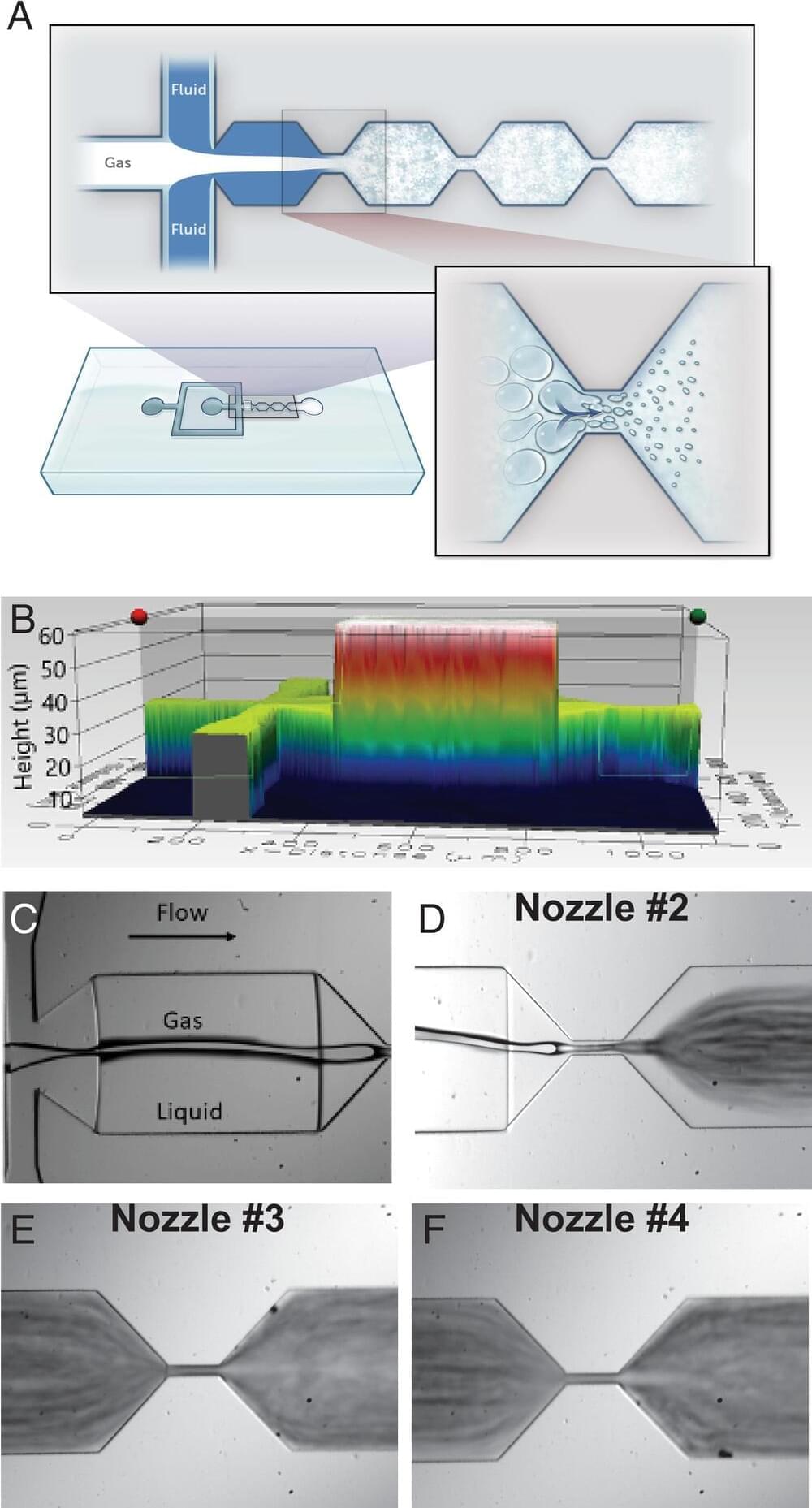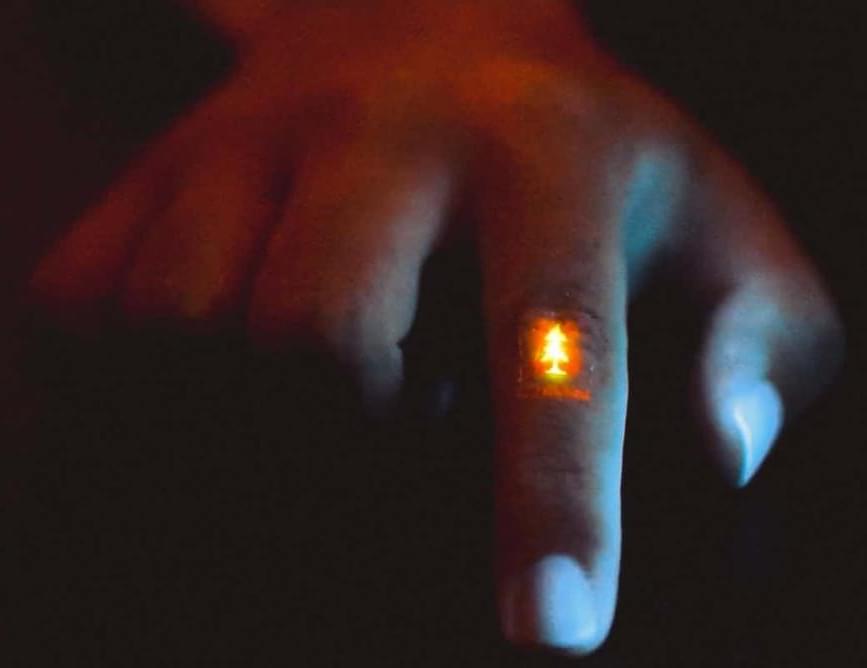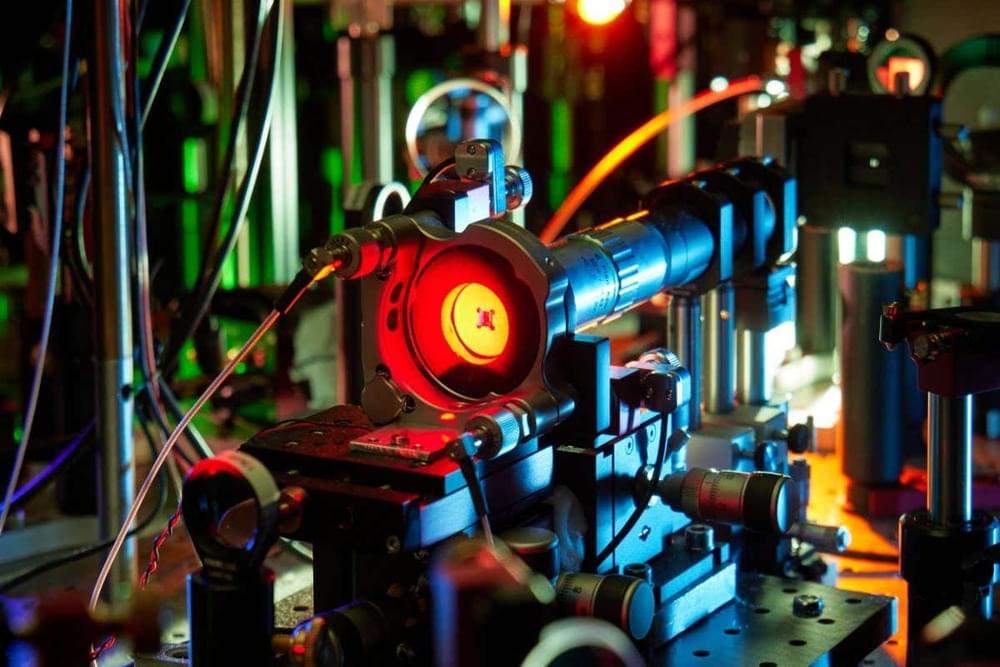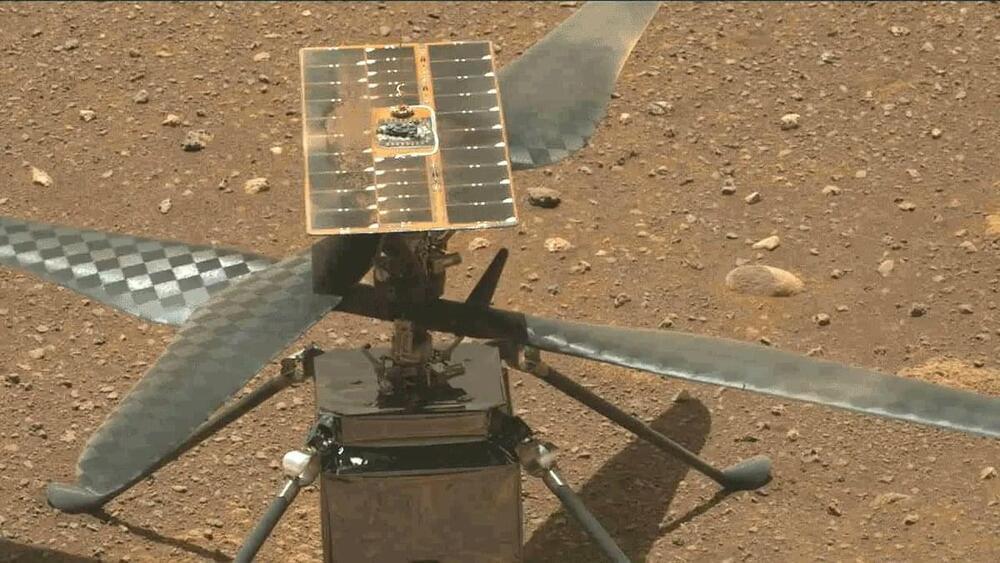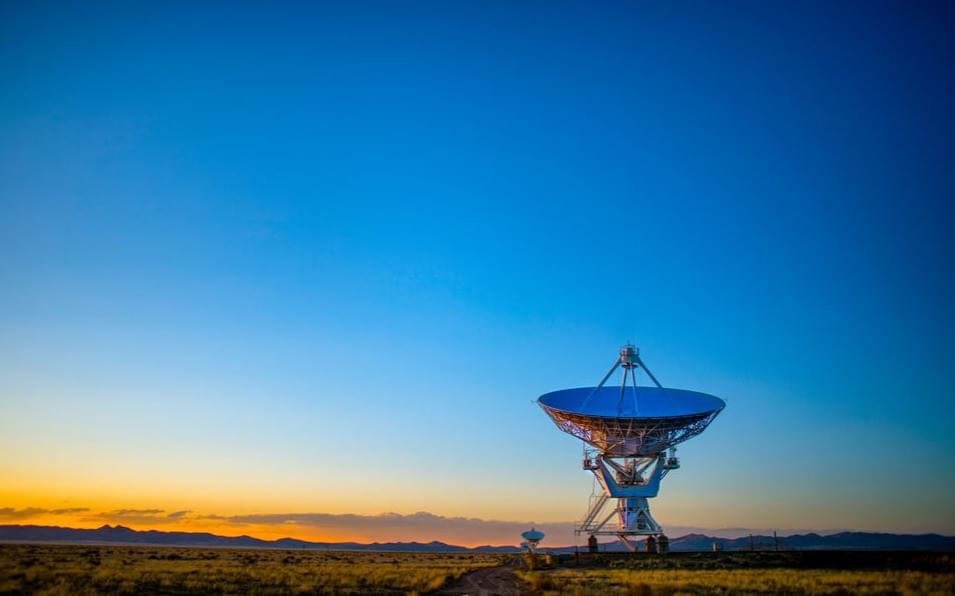Like electric vehicles – traditionally seen as expensive and niche – solar power is now becoming a realistic option for many households, as well as businesses wishing to decarbonise their operations. While the upfront costs of installing a photovoltaic (PV) rooftop system can be expensive, home solar will usually pay for itself within 5–10 years – and then provides the owner with an essentially free, limitless supply of clean energy, decentralised and unaffected by price volatility. Unlike the world’s increasingly scarce, finite supplies of coal, oil and gas, our Sun will continue to shine for another five billion years. Home solar can also be combined with batteries (which, like solar, are rapidly declining in cost) for energy storage at night.
At the utility scale, gigantic solar projects are now emerging in many countries. Recent years have seen the first gigawatt-scale (GW) facilities. The largest has a nameplate capacity of 2.3 GW. China is the world leader, accounting for 30% of all solar electric generation, followed by Europe (21%) and then the USA (16%). The vast majority is produced from PV modules, with a small fraction obtained by concentrated solar power (using mirrors or lenses to concentrate a large area of sunlight onto a receiver).
Following decades of rapid growth, the worldwide installed capacity of solar power has passed 1 TW this month, according to PV Magazine, an international trade publication headquartered in Berlin, Germany. The magazine has based its analysis on data from Bloomberg New Energy Finance (BNEF).
